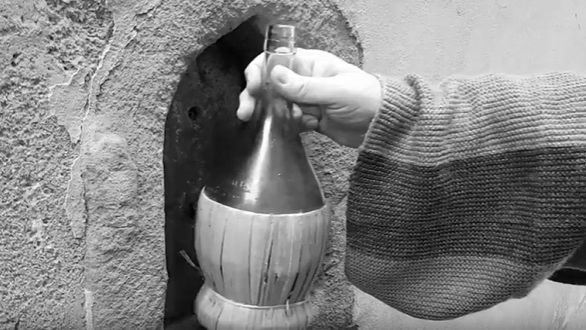Florence’s wine windows have origins dating back to the 16th century, during the period of the Grand Duchy of Tuscany. The idea was born as a response to the practical and economic needs of the Florentine noble families, who owned vast wine farms in the Tuscan countryside.

Origins of the Wine Windows
Wine windows were created as small windows in the walls of noble residences to allow the direct sale of the wine produced on their properties. Noble families, such as the de’ Medici, who ruled Florence, introduced this practice to circumvent the taxes imposed on wine merchants. Thus, by eliminating the intermediation of sellers, they could sell wine directly to the citizens, while maintaining greater control over the quality and price of the product.

Why They Were Used
Wine windows had primarily an economic function, allowing noble families to maximise their profits. However, they also played an important role in the daily life of the Florentines. These small counters allowed city dwellers to purchase wine quickly and safely, often avoiding crowded taverns or shops.
During epidemics, such as the plague, wine windows proved particularly useful in reducing direct contact between people, allowing a safer exchange between seller and buyer. Furthermore, wine window boxes were often used to sell wine in bulk, facilitating access to this essential drink for all social classes, from the commoner to the nobleman.
In summary, wine windows were born as a practical and convenient innovation, reflecting the unique combination of economy, public health and culture that characterised Renaissance Florence.
